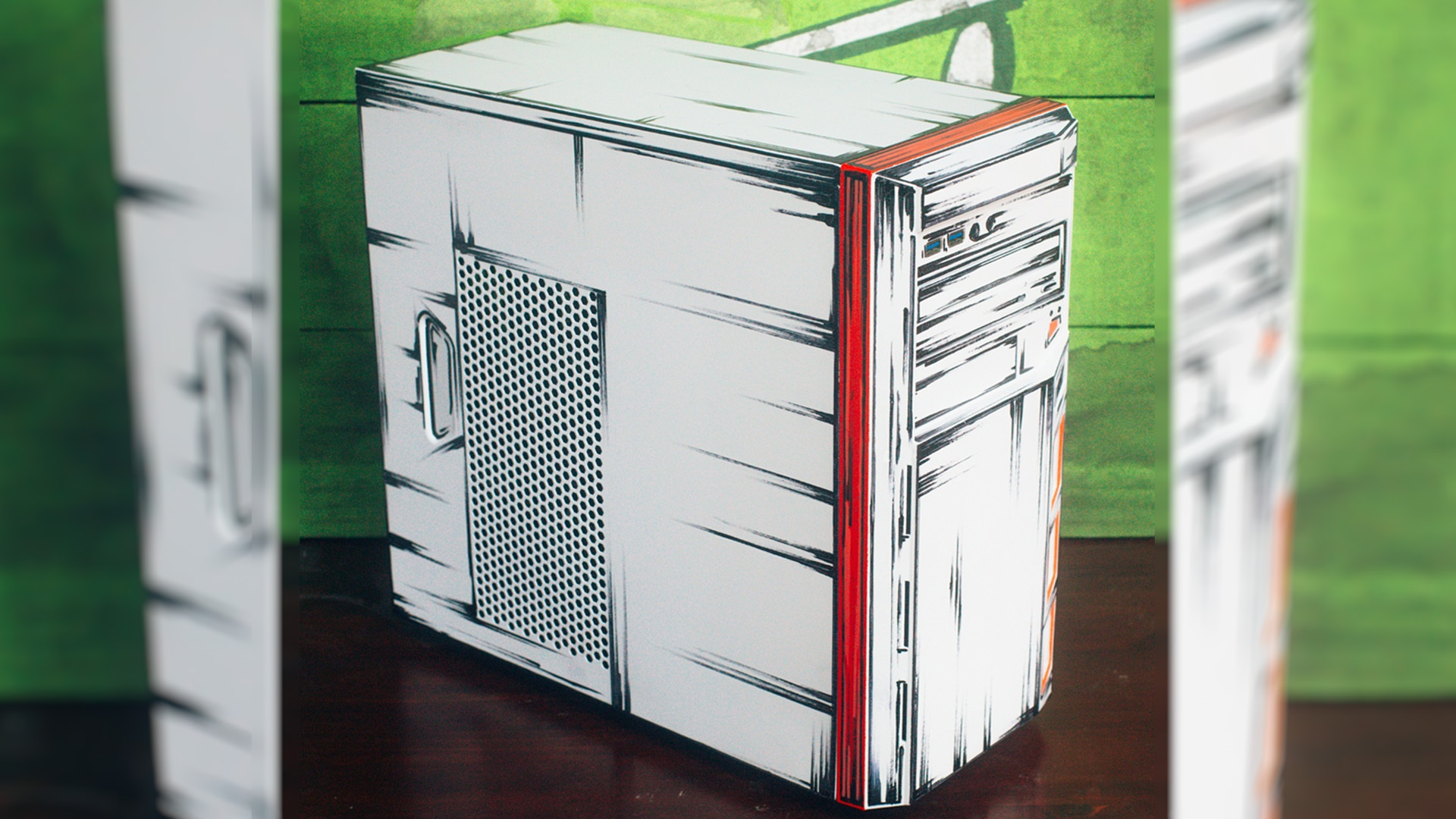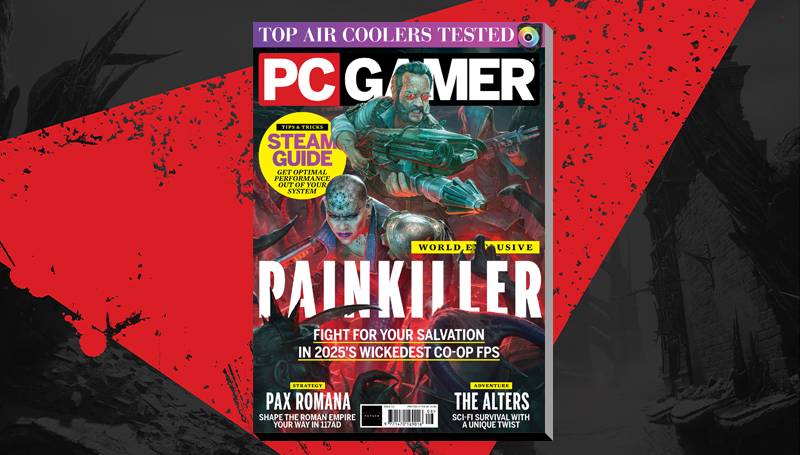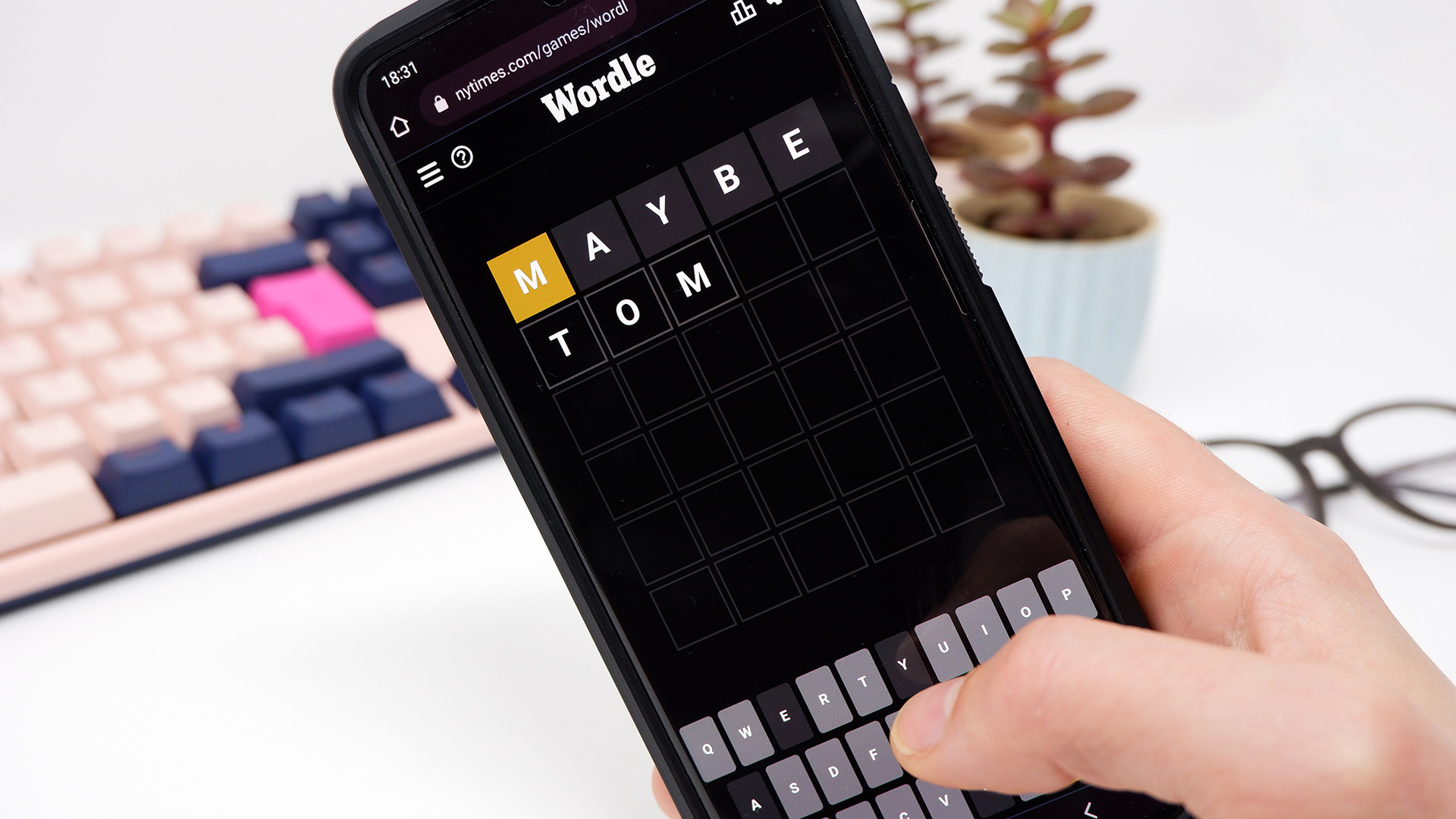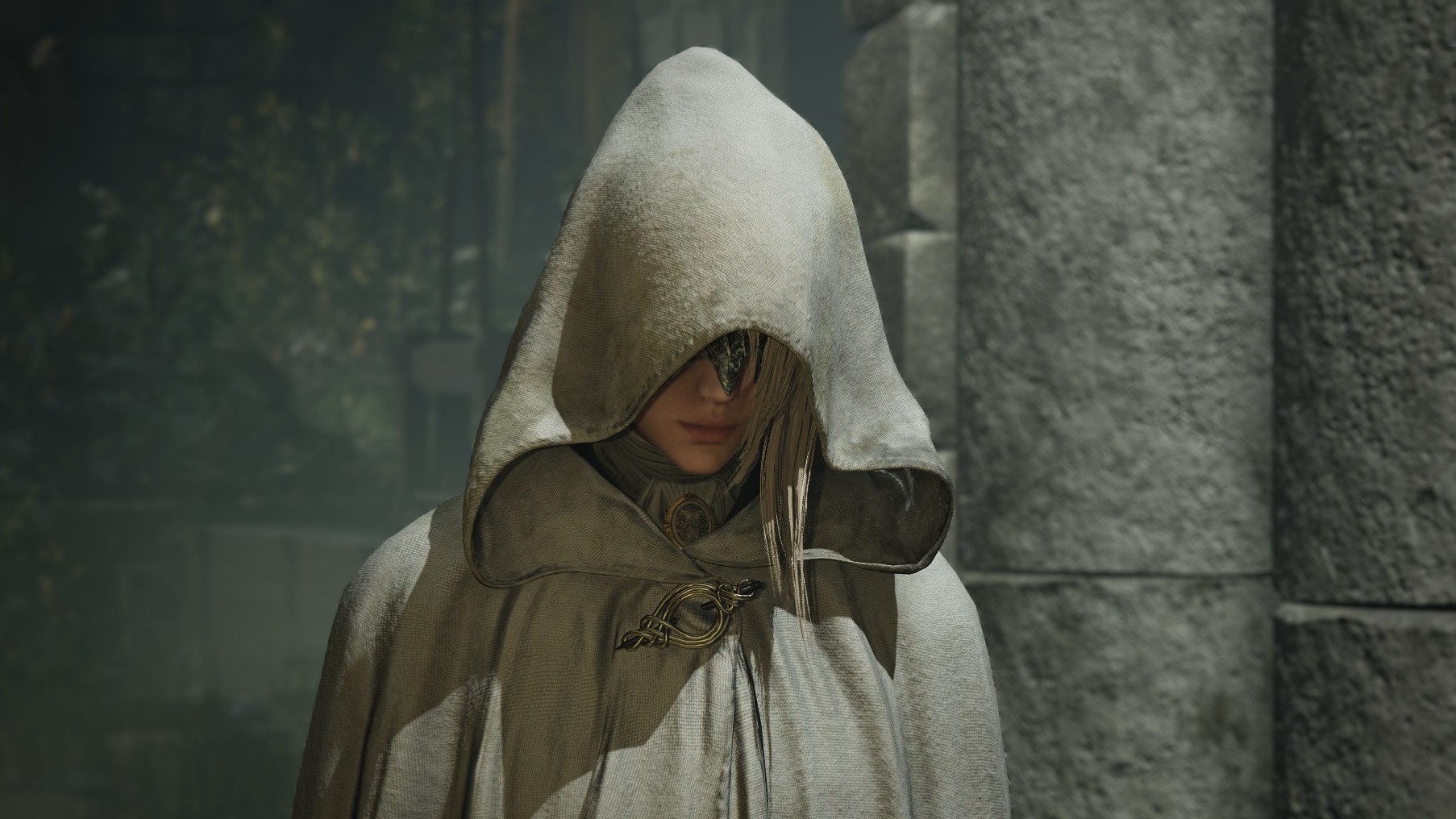
Squanch Games' sci-fi shooter is a yammering mess of mediocrity.
What is it? An annoying, underwhelming shooter co-created by Justin Roiland.
Expect to Pay: £46/$60
Release date: Out now
Developer: Squanch Games Inc
Publisher: Squanch Games Inc
Reviewed on: AMD Ryzen 5 3600, Nvidia GeForce 2080 Super, 32 GB RAM
Multiplayer? No
Link: Official site
Edge Magazine once famously lamented that we couldn’t talk to the monsters. Well, a paw from a monkey the size of King Kong must have curled a finger somewhere, because High on Life had me begging for the monsters to shut their flapping gobs. 2022 has generally been a year in which video games Talked Too Much, whether that’s Dying Light 2’s exhausting cutscenes, or Atreus’ unwelcome hints in the PS5 exclusive God of War: Ragnarok. High on Life takes this trend to its maddening extreme, with a case of verbal diarrhoea so acute it’s at risk of suffering a prolapsed face.
If you’re sat there thinking “Well, duh. It’s a game developed by the studio co-founded by the co-creator of Rick and Morty, of course there’s a lot of talking,” let me stop you right there. Rick and Morty is a 20-minute cartoon where Justin Roiland’s fast-stammering style is (usually) funnelled through scripts sharper than the pickled scientist’s barbed tongue. High on Life is 15 hours of Interdimensional Cable—a deluge of meandering word salad that’s constantly searching for the joke and only occasionally delivering it, usually covered in something sticky. It’s the difference between a shot of expensive balsamic and having your head shoved into a vat of white vinegar.
(Image credit: Squanch Games)
Which is not to say that High on Life is never funny. Sometimes it is. But that’s the headline problem with High on Life, it’s only ever sometimes anything. It’s a first draft of a comedy script with a handful of good jokes, a generic sci-fi universe with a couple of decent levels, and a thoroughly mediocre shooter where its handful of interesting gimmicks are stretched to breaking point.
Let’s examine the corpse before I start dismembering it. High on Life has you playing a nonspecific teenager who’s home alone with their similarly-aged sister when, oh snap, aliens invade. But with the aid of one of the invader’s weapons (which, it transpires, is a sentient weapon known as a gatlian) you escape to an extraterrestrial metropolis called Blim City. Here, you learn that humans have become the interstellar underworld’s hot new narcotic, and with the aid of a down-on-his-luck bounty hunter, you resolve to assassinate the heads of the organisation that invaded Earth, the G3 Cartel.
All told, it’s a strong introduction. While High on Life can’t match the dashing good looks of, say, Modern Warfare 2, it has some impressive areas, especially when you leave your boxy suburb for the dense and colourful alien hub of Blim City. The hookshot idea of having guns that are also characters is interesting, too, and there is a pleasure in picking up a pistol and hearing not-Morty start chattering out of it.
Rerun
(Image credit: Squanch Games)
The novelty lasts for maybe an hour. Then the rot starts to set in. The problem isn’t simply that your guns talk too much, the problem is everyone talks too much. Almost every NPC you run into spews dialogue as if they ate a mouldy thesaurus, and it’s all either characters pointing out obvious things and going “Yeah, uh, well, I guess that’s kinda weird, but you do you!” or a festering dollop of radioactively obnoxious adlib.
It’s the difference between a shot of expensive balsamic and having your head shoved into a vat of white vinegar.
If you ever wanted to listen to an off-brand Mario Goomba try to sell you alien cum for 10 minutes, High on Life is the game for you. There are no jokes. The joke is that he sells alien cum, and that’s a bit awkward! Especially when the game keeps saying “alien cum” over and over, and a-a-a-adds a few hesitations in there. Alien cum! It’s the, it’s the thing that this little alien Goomba sells. That’s the joke now. I already explained that but I’m going to repeat it again, just to make sure I’ve run it completely into the ground!
There are some genuine laughs amid the incessant verbal tsunami. One area has a running gag about an organisation called Mothers Against Violence that does a better job of moulding Roiland’s shtick of haphazardly iterating on the same point into something amusing. The humour also lifts itself off the floor when it revolves around a character the writers have bothered to add some depth to, such as Gene, the deadbeat bounty hunter who helps you track down the G3. For all of Rick and Morty’s belching and dumb alien names, it’s good at using that to explore the many neuroses humans suffer from. Little of that appears in High on Life. The gatlians who accompany you are particularly underwhelming. Only one, Creature, manages to rise above familiar comedy archetypes, with his relentless positivity making for refreshing contrast to the game’s relentlessly acerbic tone.
(Image credit: Squanch Games)
No doubt some people will find High on Life hilarious. But even if you do, the humour remains splattered across a thoroughly mid first-person shooter. It isn’t terrible, although it hovers dangerously close to that for a long time. For the first three hours of this game, you have access to one weapon: the gatlian Kenny. Kenny is a bog-standard pistol with an alt-fire called the Glop-shot—a slimy mortar that can launch enemies into the air. The idea is that you juggle enemies to do more damage, although this is more trouble than it’s worth, as constantly looking up to shoot an enemy means you can’t see what surrounding enemies are up to.
With only Kenny at your side, the shooting is incredibly flat, lacking in any sense of pace or momentum. It doesn’t help that the combat music in this game is some of the worst I’ve ever heard—a tuneless, repetitive sci-fi buzzing that completely fails to elevate the action in any way. A lullaby would get you more pumped for a fight. It is truly reprehensible.
As you pick up the other gatlians, the combat becomes more entertaining. The chameleon-like Gus makes for a serviceable shotgun with a disc alt-fire that you can rebound for extra hits. Sweezy, meanwhile, is an enjoyable replica of Halo’s Needler, and the most effective weapon in the game. But Creature is again my favourite. He fires his children at enemies—small, colourful imps that latch themselves onto foes and bite them to death. He also has a useful alt-fire that temporarily turns enemies to your side. Proxy weapons are always hard to make satisfying, and Creature is a fine example of how to do it right.
Gun talk
(Image credit: Squanch Games)
By the time you acquire Creature, High on Life’s arsenal is shaping up nicely. But outside of one last gatlian unlocked for the final level, and your melee weapon Knifey, that’s all the weapons you get. Even if High on Life was a great shooter, five guns isn’t enough to sustain the fun over 15 hours. And High on Life isn’t close to being a great shooter, always favouring gimmicks over tight gunplay. Many enemies are covered in glop, which acts as armour that dissolves off them as you deal damage. It’s a neat way of visualising damage, but the act of killing enemies is loose and rubbery, especially the deeply awkward melee executions, which are like someone’s puppeteering your character from a mile away. There’s also nowhere near enough enemy variety, with half the roster comprising annoying bugs that scuttle along the ground, and floating drones that are equally arduous to fight.
Even if High on Life was a great shooter, five guns isn’t enough to sustain the fun over 15 hours.
The lack of weapon or enemy diversity is indicative of a broader issue, which is that High on Life runs out of ideas about halfway through. The first couple of missions take you to some impressive locations. Well, one impressive location—a sprawling cyberpunk city that’s built on the underside of an asteroid. The other main planet is an ugly purple forest world filled with legally distinct alien Care Bears who like everything else in this accursed game never stop talking. Nonetheless, it sets you up for a wild, planet-hopping adventure. But it turns out that you only ever hop between these two planets (and Blim city), with the second half of the game repeatedly bringing you back to these two locations. What new areas appear in the second half are significantly smaller than those seen in the first, with the game becoming increasingly reliant upon arena fights as it progresses.
(Image credit: Squanch Games)
At least these spaces are fun to navigate. Many of your weapons’ alt-fire modes double as navigation tools. Gus’s disc-shot can embed in certain surfaces to create platforms, while Sweezy can create time-dilating bubbles that slow down spinning fans. Through these tools, the three planets unfold over time, revealing new pathways that’ll lead you to sentient Luglox chests you can slash open for coins. None of this is spectacularly original, and there’s a fuzziness to how your character moves that speaks to budget limitations. Still, High on Life is a better first-person platformer than it is a shooter. That’s probably damning with faint praise, but faint praise is as good as you’re going to get from me.
I’d love to tell you that High on Life is great. Not only because I enjoy Rick and Morty, and would love to see a video game version of that show at its best, but also because, for all that it does wrong, there is a weirdness to High on Life that I’d like to see more of in games of this scope. Living alien guns that talk to you is a cool concept. The sci-fi universe it depicts has moments of vision, and there are glimpses of a fun shooter when the game is at its most intense. But the whole enterprise is undercooked, then crushed to death beneath a mountain of insufferable dialogue.



